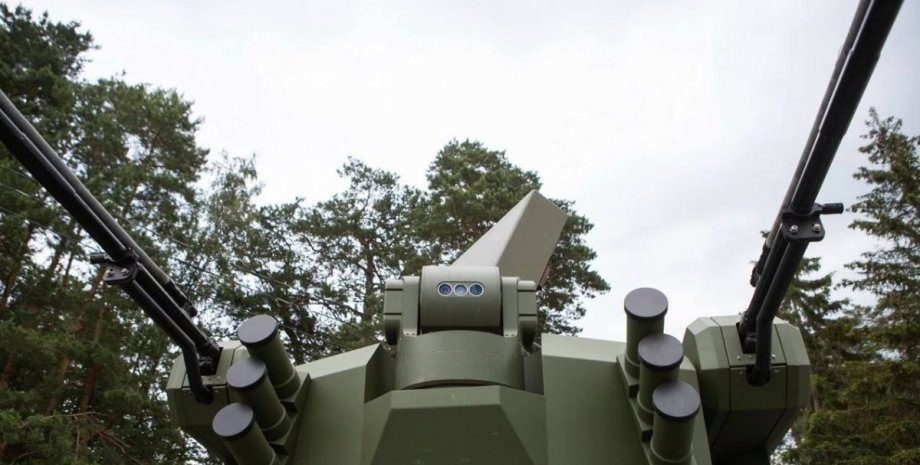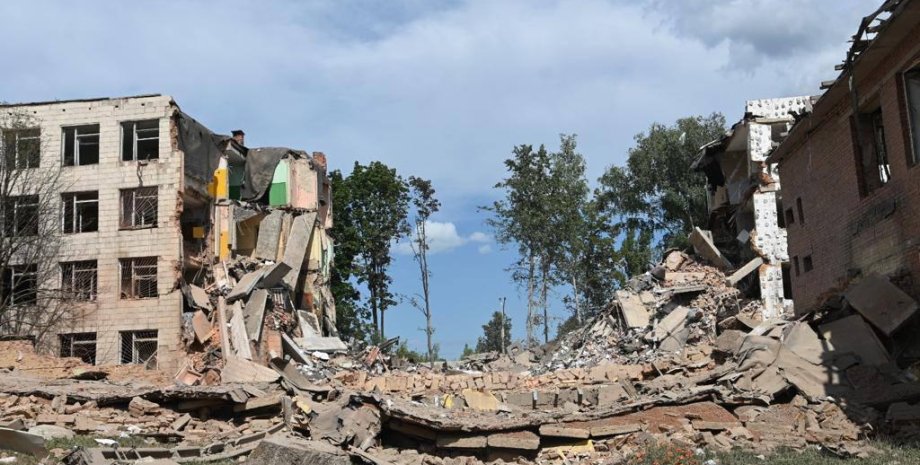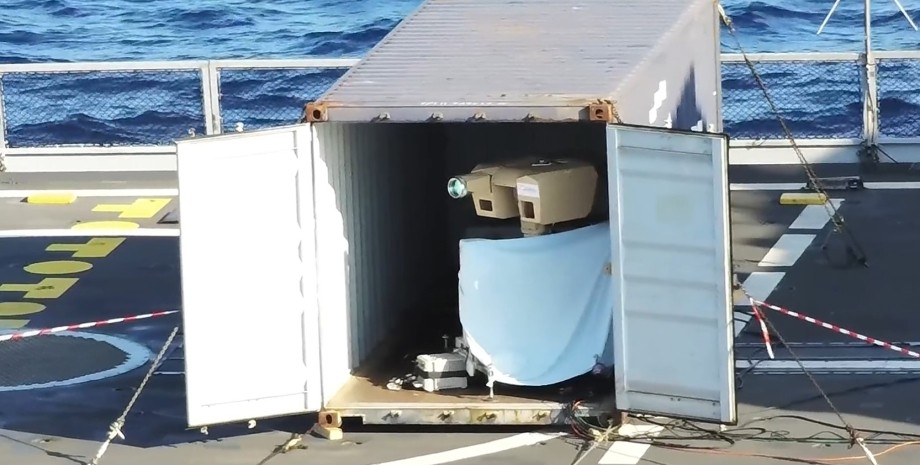
One of the most famous and scariest predators is dinosaurs, which were extinct tens of millions of years ago due to the fall of the Chicksulub Asteroid on Earth, Science Alert writes. In focus. Technology has appeared its Telegram channel. Subscribe not to miss the latest and most intrusive news from the world of science! In a new study, scientists found that some dinosaurs about 80 million years ago, before the fall of the asteroid, destroyed a smaller enemy.
The team found evidence that a potentially fatal bone disease threatened the lives of many long dinosaurs in modern Brazil. It is known that it is some of the largest dinosaurs in South America, however, their enemy was very small. Scientists have described the ancient skeletons of six brazil, which contain signs of osteomyelitis - destructive bone infection caused by bacterium, fungus, virus or parasite. Today, this infection affects mammals, birds and reptiles.
According to the leading author of the study, Paleontologist Tito Aureliano from the Cariri regional University in Brazil, they and colleagues believe that in the Cretaceous, this disease probably destroyed dinosaurs. The ancient homeland of Zavropods in Brazil was once a network of shallow flowing rivers and large reservoirs with standing water - an ideal place for pathogens and their carriers.
At the same time, the tumors probably prefer these wet ecosystems - their traces are often found in ancient floodplains and swamps. According to Aureliano, earlier scientists were not often able to detect infectious diseases in the taps, and the first of them were published only recently. The fossils studied by scientists were discovered from 2006 to 2023 in the Brazilian state of San Paulo.
In a new study, scientists analyzed them and concluded that they belong to the same paleontological monument. This suggests that during that period there were conditions for infection of many people in the region. According to Aureliano, since none of the bone lesions demonstrates signs of healing, the infection was probably active at the time of death. Moreover, scientists believe that it also contributed to the development of infection. The team also found that bone infection spread rapidly.
Moreover, unlike traces of dinosaur bites, bone damage has a "chaotic structure". The results indicate that some bones of the tumors contain lesions only on the inner side, while others, with a more pronounced infection, show round humpback projections outside. The data indicate that the disease may develop differently, possibly depending on the type of dinosaur or type of pathogen.










All rights reserved IN-Ukraine.info - 2022